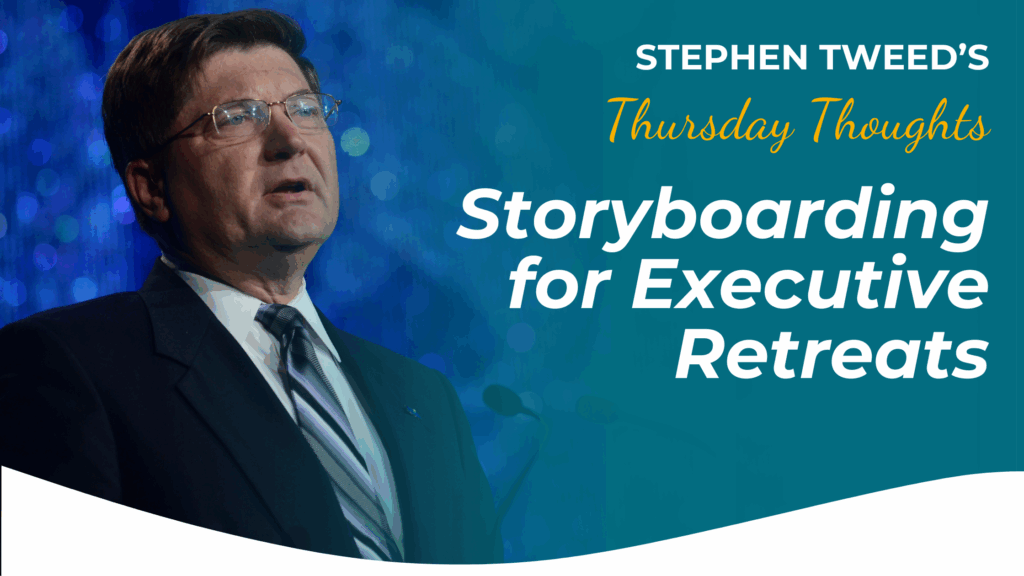Last week, I wrote to you about Executive Retreats in Home Care. As I was writing the issue of Thursday Thoughts, it took me back to the beginning my business.
In the fall of 1979, I moved from Toledo, Ohio back to western Pennsylvania, adopted a little girl, and started into the speaking and consulting business. My first company, Tweed Corporation, started in the tiny town of Oil City, Pennsylvania. My first client was a small manufacturing company in Bedford, PA called Creative Pultrusions. My second client was the Stouffer Foods corporation in Solon, Ohio.
Stouffer Foods engaged me and my company to design and produce a series of training programs for front line workers in a new frozen food plant they were building in Gaffney, SC. As part of this process, the design team met in an old octagon shaped barn in Hudson, Ohio called the Vance Creative Thinking Center. It was owned by Mike Vance, the former Dean of Disney University and a close colleague of Walt Disney.
Mike took his knowledge and experience gained from working with Disney to start his Creative Thinking Center to teach other leaders how to use creative thinking, critical thinking, and storyboarding to develop innovative solutions to challenging problems.
The team from Stouffers used the Vance Creative Thinking center to plan and organize the design, construction, and start up of their new food plant. What an amazing experience for a new entrepreneur like me to be involved is such an innovative project.
Learning More Storyboarding from Gerry McNellis
During the time I was working with Stouffer’s at the Vance Creating Thinking Center planning out the training for the new good plant in South Carolina, I attended the monthly meeting of the Pittsburgh Chapter of the American Society for Training and Development – ASTD. (Now the Association for Talent Development – ATD). I was introduced to a guy, and it turned out he was a student and close friend of Mike Vance. His name is Gerry McNellis.
Gerry had become intrigued with Mike, with Walt Disney, and with the Storyboarding process. He had studied, learned, and applied the principles and was facilitating planning sessions and teaching storyboarding. He was organizing a “Compression Planning” workshop at Hidden Valley Resort in Hidden Valley, PA. I wanted to learn more so I enrolled in Gerry’s workshop and we became long term friends and close colleagues.
The result was that I learned a process that changed my business, my career, and my life. I began using storyboarding as my unique factor in leading hundreds of Executive Strategy Retreats for over 500 different organizations over the next 40 years. For many of my clients, it became an annual event for me to come back and lead their leadership retreat.
Using Storyboarding for Leadership Retreats.
In working with Mike Vance and Gerry McNellis, I learned some basic principles of leading meetings that have helped me for decades:
- Have a clear purpose for the meeting
- Have a specific agenda with desired outcomes
- Separate Creative Thinking from Critical Thinking
- Involve everyone
- Make your ideas visible on a storyboard
- Use Critical Thinking to identify and focus on the very best ideas
- Develop focused action plans to implement those ideas
- Define how you will measure your success.
After working with this process for many years, I’ve observed several outcomes that organizations have achieved:
- They come away with a clear picture of what they want to achieve
- The participants have a high sense of ownership of the plan because they have been actively involved in creating it.
- Everyone on the team feels like they have been listened to, and their ideas are incorporated in the final action plan
- Participants have a much clearer understanding of their role in the company, and how what they do contributes to company success.
- Participants are more committed to taking action and implementing the plan




